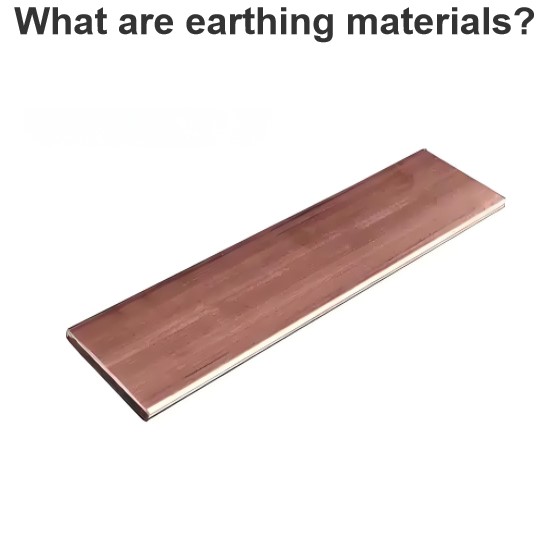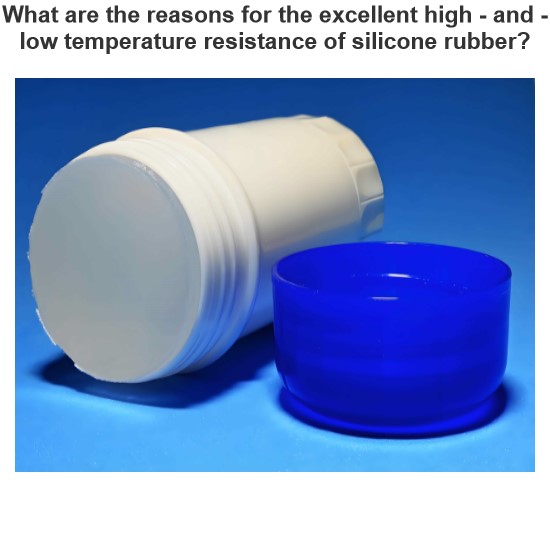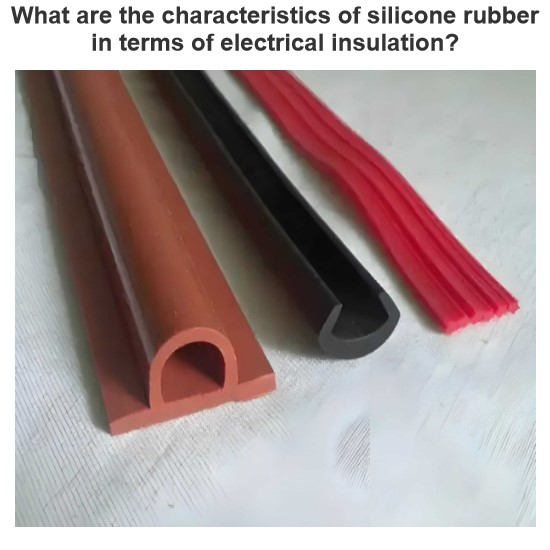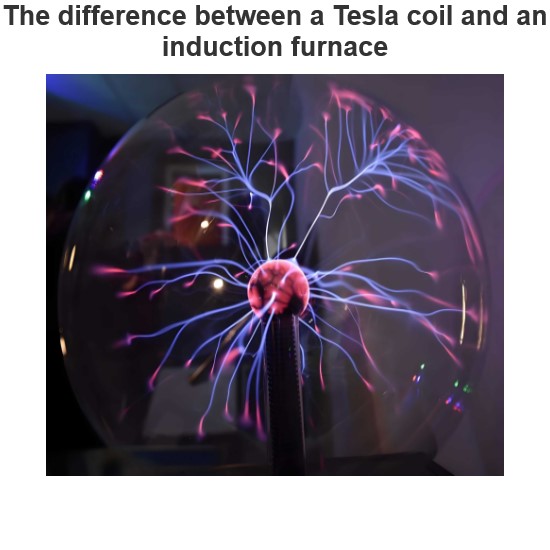Power Line Carrier Communication | PLCC
Also called wired wireless, the Power Line carrier Communication (PLCC) has evolved a long way from its earliest use in metering at remote locations to its present day applications in home automation, high speed internet access, smart grid etc. In the early 20th century the power companies used telephones as the medium of communication for exchange of voice messages for operational support, maintenance, control etc and as a method of connectivity at remote locations. The telephone lines ran parallel to the power lines. This had so many disadvantages:
The use of telephone circuits over large distances and at difficult terrains like mountains was very expensive.
Noise interference due to currents flowing in parallel power lines over the telephone circuits.
Frequent shut down of telephone cables during harsh weather conditions like snows in winter, storms etc made them less reliable.
This led to the idea of inventing a more robust and less expensive method of communication. The use of power line as a method of telephony was a long thought idea and its first successful test took place in Japan in 1918. And there after its commercialization started during 1930s.
Power Line Carrier Communication
The figure 1 shows a basic PLCC network used in power substations. The Power line carrier Communication (PLCC) uses the existing power infrastructure for the transmission of data from sending to receiving end. It works in full duplex mode. PLCC system consists of three parts:
The terminal assemblies include the receivers transmitters and protective relays.
The coupling equipment is the combination of line tuner, coupling capacitor and the wave or line trap.
The 50/60 Hz power transmission line serves as path for relaying data in the PLCC bandwidth.

Coupling Capacitor
It forms the physical coupling link between transmission line and the terminal assemblies for the relaying of carrier signals. Its function is to provide high impedance to power frequency and low impedance to carrier signal frequencies. They are usually made up of paper or liquid dielectric system for high voltage application. The ratings of coupling capacitors range from 0.004-0.01µF at 34 kV to 0.0023-0.005µF at 765kV (source: IEEE).
Drain Coil
As shown in the figure 1 the purpose of drain coil is to provide high impedance for carrier frequency and low impedance for power frequency.
Line Tuner
It is connected in series with the coupling capacitor to form a resonant circuit or carrier signal frequency high pass filter or band pass filter. Its function is to match the impedance of the PLC terminal with the power line in order to impress the carrier frequency over the power line. In addition it also provides isolation from power frequency and transient overvoltage protection.
Line Trap or Wave Trap
It is a parallel L-C tank filter or band-stop filter connected in series with the transmission line. It presents high impedance to carrier signal frequencies and very low impedance to the power frequency. It consists of
Main coil
An inductor that is connected directly to the high voltage power line carries power frequency.
Tuning device
It may be a capacitor or a combination of capacitor, inductor and resistor, connected across the main coil in order to tune the line trap to the desired blocking frequency.
Protective device
It is usually a gap type surge arrester used to protect the line trap from damage due to transient over-voltages.
The line trap or wave trap prevents unwanted loss of carrier signal power and also prevents carrier signal transmission to adjacent power lines. Line traps or wave traps are available for narrow-band and wide-band carrier frequency blocking applications.
Power Line Channel Characteristics
Characteristic Impedance
The characteristics impedance of transmission line is given by :
Where, L is the inductance per unit length in Henry(H).
C is the capacitance per unit length in Farad(F).
It varies in the range of 300-800 Ω for power line communication.Attenuation
It is measured in decibels(db). Attenuation losses can be due to the impedance mismatching, resistive losses, coupling losses and various other losses that occur in the line trap, line tuner, power line etc.
Noise
The signal-to-noise ratio(SNR) must be high at the receiving end, other wise the carrier frequency shows erratic patterns at the receiving end. The noise level limit the attenuation that PLCC channels can tolerate.
Bandwidth
The wider bandwidth means faster the channel, but it also leads to the accentuation of noise. For relaying purpose, AM channel bandwidth is around 1000Hz to 1500Hz and for FSK bandwidth it is 500Hz to 600Hz (source: IEEE).
Applications of PLCC in Power Systems
Protective Relaying
For the purpose of carrier aided protection, PLCC channels use modulation schemes namely the Amplitude modulation(AM) for blocking schemes and Frequency Shift keying(FSK) for unblocking, permissive and direct-trip schemes.
Telemetry
It is used to monitor electrical quantities like voltage, current, power etc. at remote locations. The analog data is converted in binary which is used to shift the FSK frequency HIGH and LOW and then transmitted over narrow band SSB channel.
Telephony
Voice messages are sent over SSB narrow band mode with bandwidth ~3khz.
Home Automation and Home Networking
It is classified as low voltage power line communication. Using low voltage electrical network at home to control appliances by sending or receiving data through power line. It is used as narrow-band PLCC for home automation and metering purposes, and broadband PLCC for internet.

Limitations of PLCC
Power line communication is limited by the existing electrical infrastructure where it is being employed and thus affects powerline channel parameters such as power attenuation, noise, impedance and bandwidth.
It requires high SNR ratio.
The power line network is usually not matched and varies with time at different loadings. This leads to attenuation of carrier power. This is the main disadvantage.
The carrier frequency suffers reflection losses at various points in its path from transmitter, coaxial cable, line tuner unit, coupling capacitor, power line to transmitter.
Power-line communication is not secure.
Statement: Respect the original, good articles worth sharing, if there is infringement please contact delete.
Electrical4U is dedicated to the teaching and sharing of all things related to electrical and electronics engineering.














